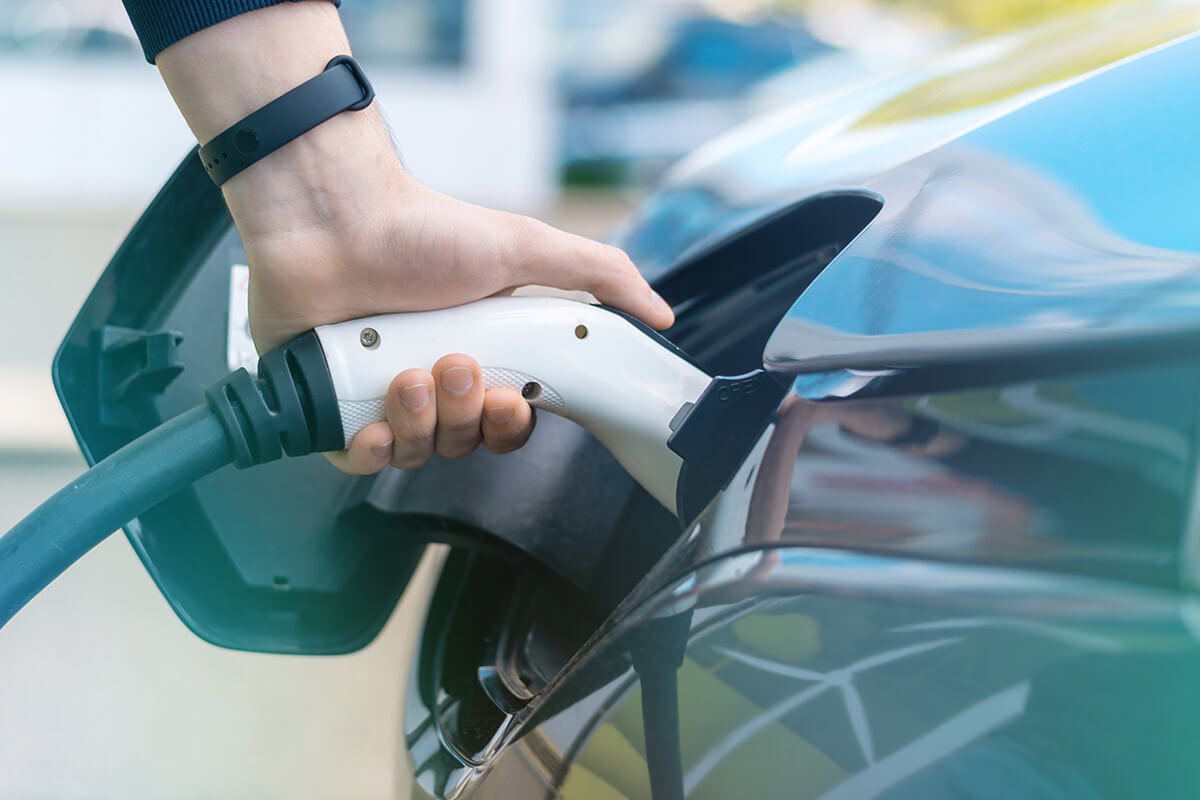What are the different types of EV charging stations?
The Home EV Charging Station converts the 120-volt or 244-volt AC in your home into a form that is acceptable to the EV Battery System. Three EV charging stations are available: level 1, level 2 and level 3. Each will be explained in detail.
- Level One Charging Station is a simple type. The charger that comes along with an electric vehicle (EV) is a level 1 charger. These chargers are 110-120V AC and plug into a standard wall outlet using a 3-prong plug. With a level one charger, your electric vehicle battery can gain between four and six miles per hour. For PHEVs or plug-in electric vehicles, you should use a level 1 charger to recharge them easily overnight.
- Level 2-charging station uses chargers with 240-volt circuits. You can hire an electrician for the installation of the circuit in the garage. The garage can be equipped with a level 2 portable charger that has a 240 volt outlet to charge the electric vehicle at home or on the go. Although hiring an electrician is expensive, you will enjoy faster charging rates. This is usually four times faster than standard charging.
- Level 3-charging stations allow DC fast charging, resulting in a much shorter charge time. In as little as one hour, electric vehicle batteries can be charged to full capacity. Using the 800-volt and 400-volt charging architecture, some of the latest EV models can charge from 10 to 80 per cent in just 20 minutes. In the future, even faster charging rates could be possible. But the chances of getting authorization from the electricity-supplying utility for installing a level 3 charging station are very low.
Way.com helps you to find the best charging experiences for electric vehicles.
How to Install an Electrical Charger at Home?
Installing a charger at home can be done in several ways.
- Hire an electrician who is licensed and has experience in installing EV charging devices.
- Select the charger that best suits your needs. If you are able to plug in your vehicle for a long time or have public chargers nearby, you can use a level one charger. In some cases, level 2 or level 3 chargers will suffice, but they are available as an alternative. Verify that the condo or landlord association has approved your purchase.
- Select a charging device that will provide enough power for your electric car. The electrician will check if any electrical upgrades are needed.
- Choose the location where you would like to install your EV charger.
- Before starting an installation, the electrician must have all the necessary permits.
- Install the electric vehicle Supply Equipment (EVSE)
How much does it cost to charge an electric car?
Rates vary depending on when you charge your vehicle and the rate of electricity charged.
The rates are higher during the daytime when electricity demand is highest and lower at night because of low demand. Electricity rates vary depending on where you live. The average customer pays between 3.1 cents and 11.3cents per mile. This is a much lower value than a vehicle powered by an internal combustion motor, which costs between 4.4 and 38.75cents per mile.
Bottom Line
You might be familiar with the importance of a EV charger if you own an electric car. It is difficult to wait for long periods of time at a charging station. We can charge our vehicles at home, and then travel according to our schedule. Before you begin the installation, make sure to choose the correct charger and obtain all necessary permits. To get the best price, it is recommended to compare multiple quotes before selecting an electrician. Call Vetter’s Electric to learn more.



